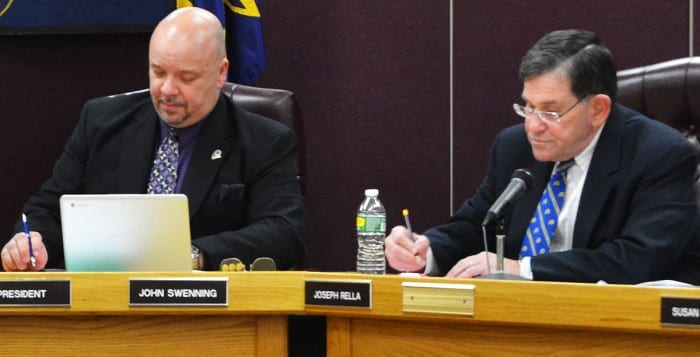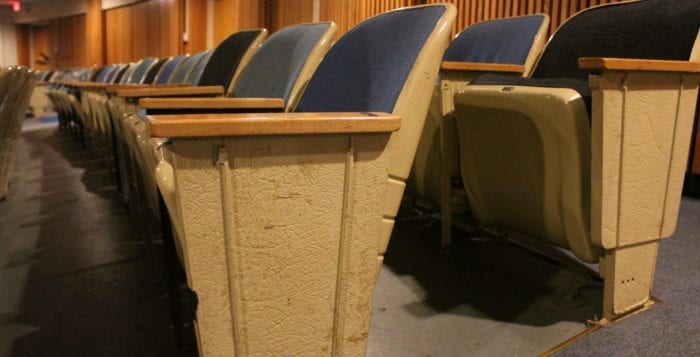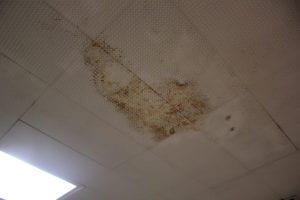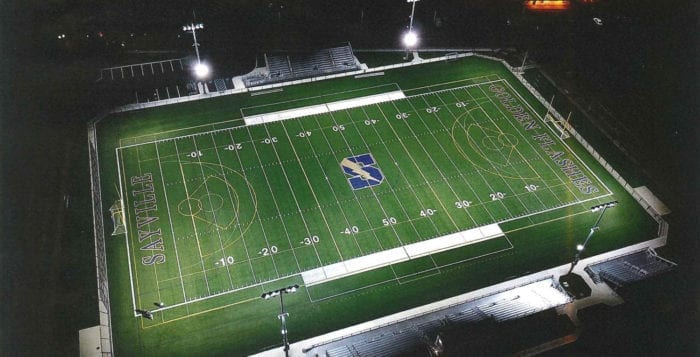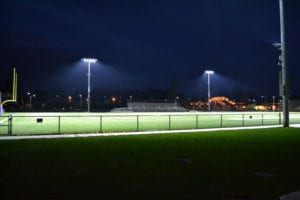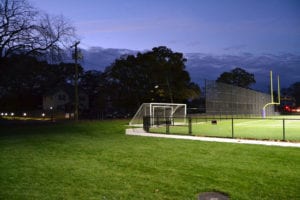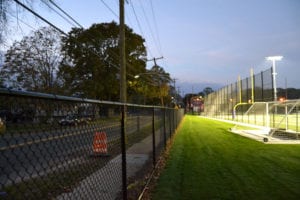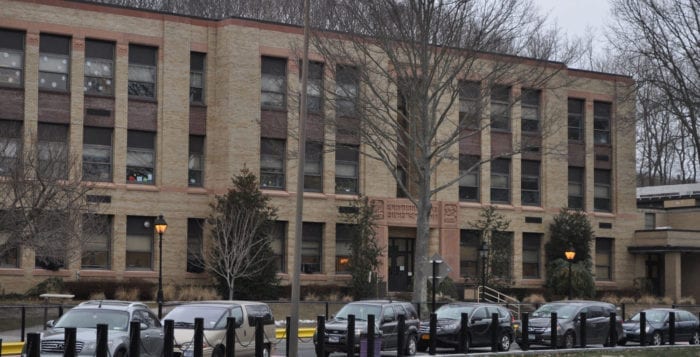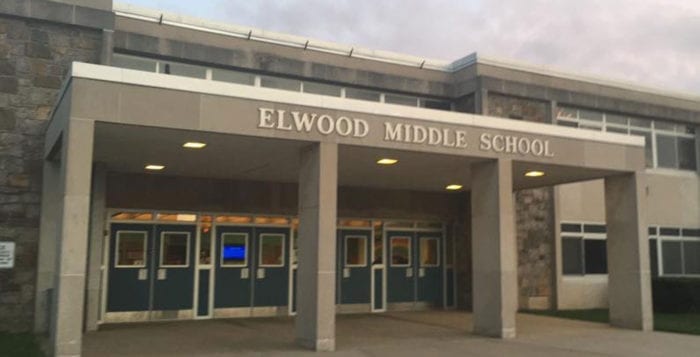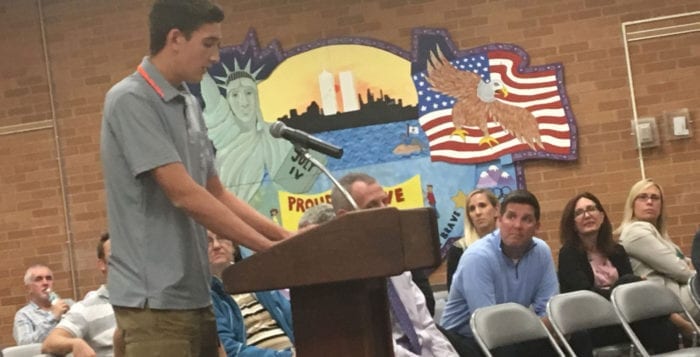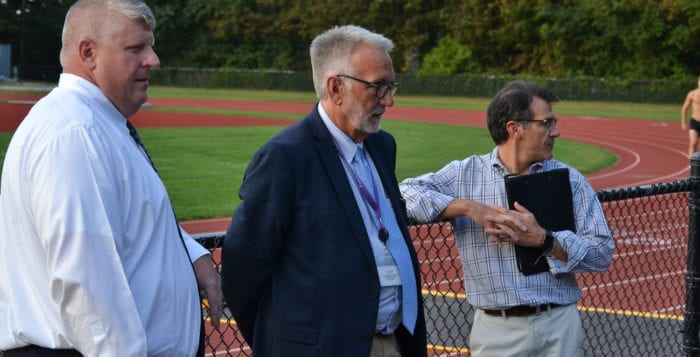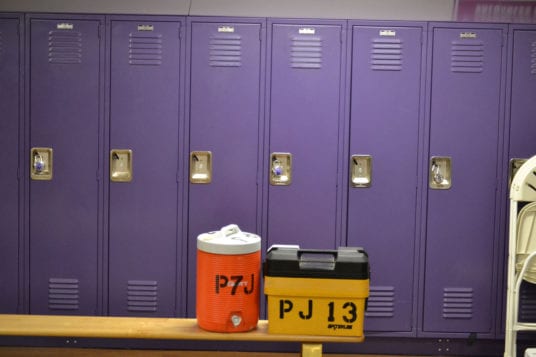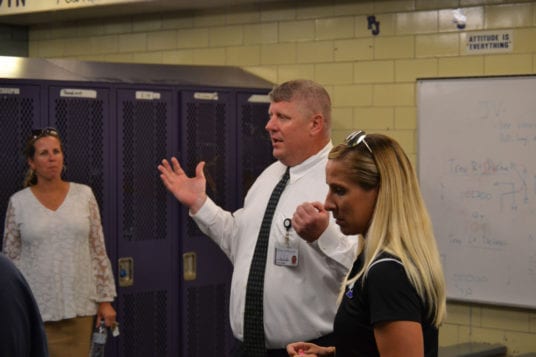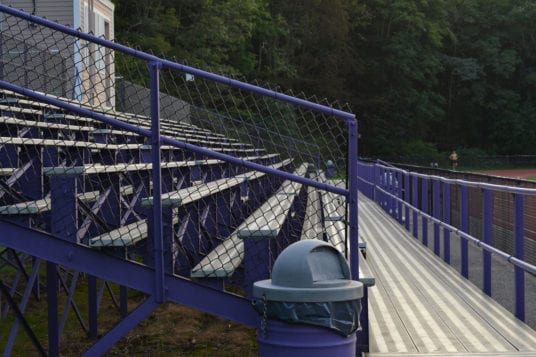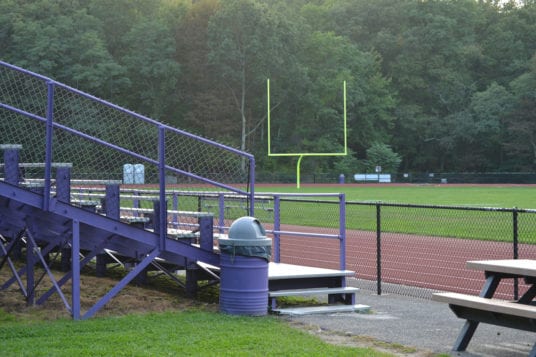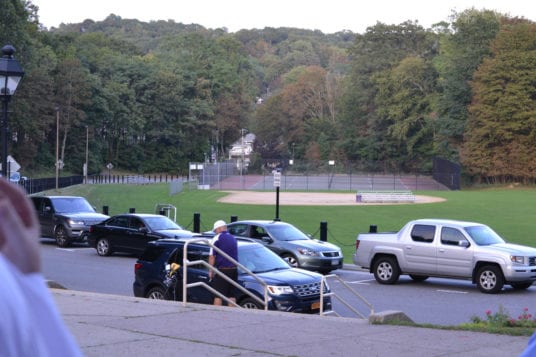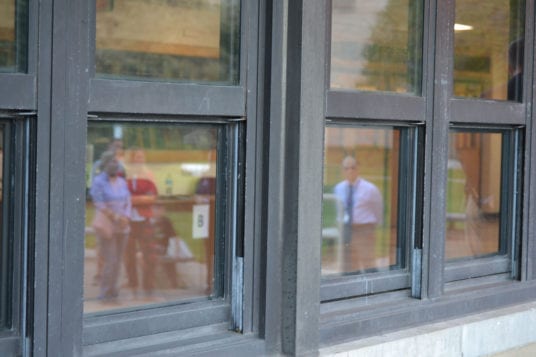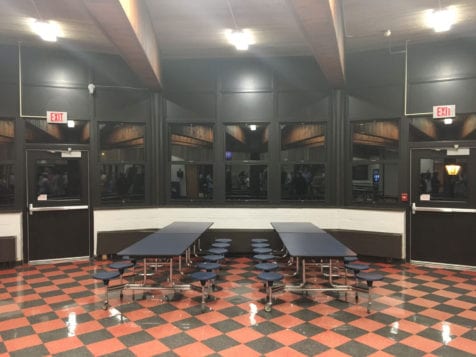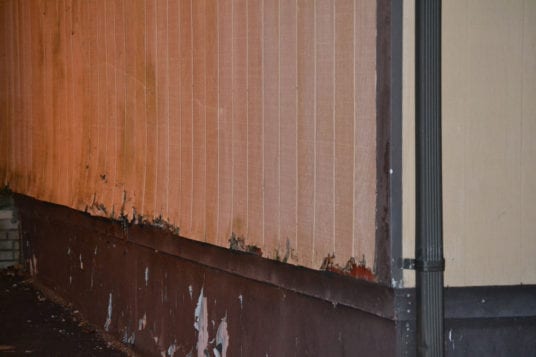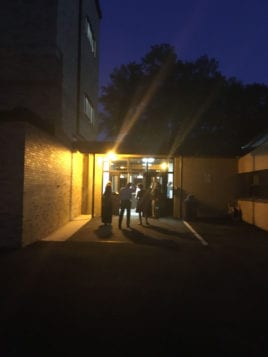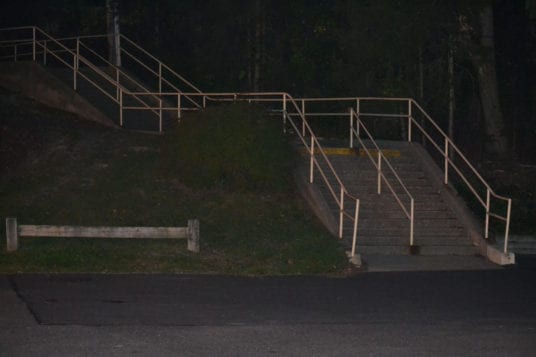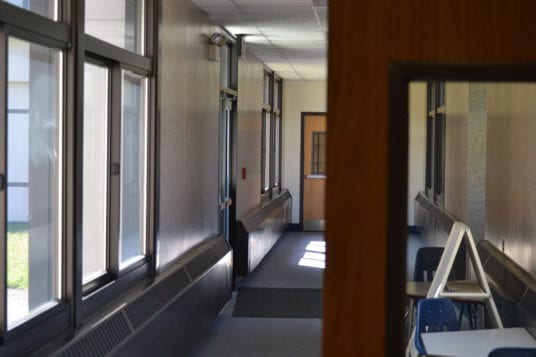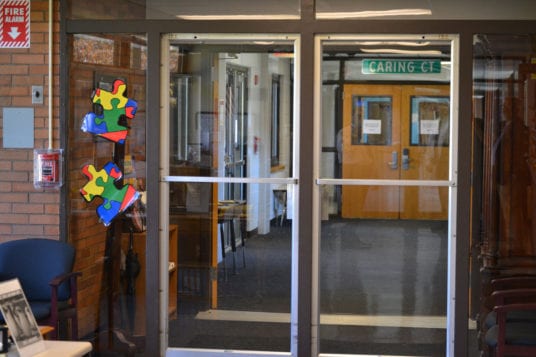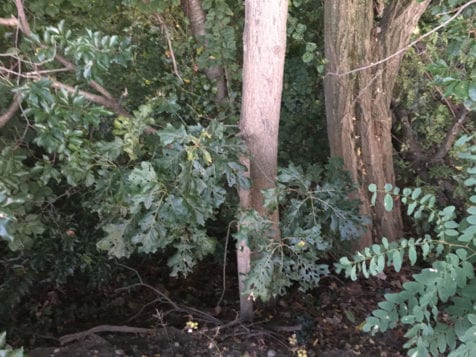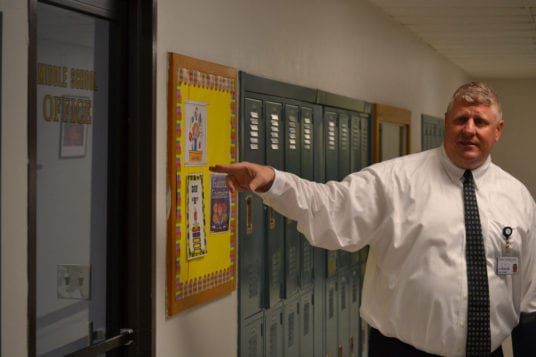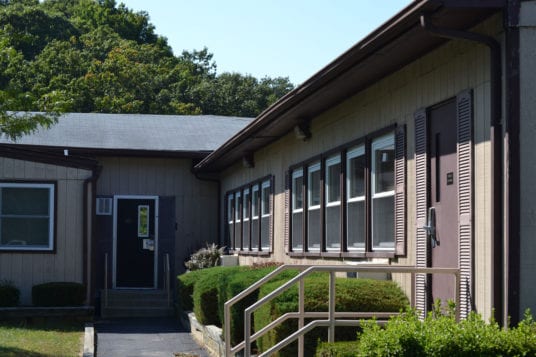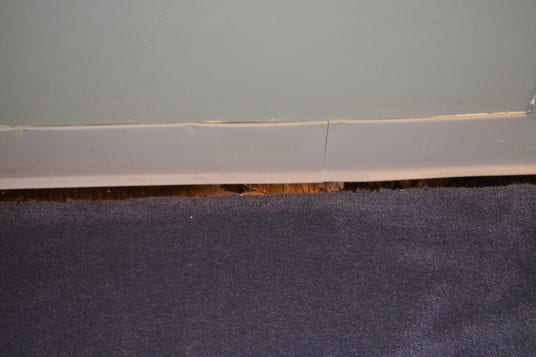Taxpayers in Comsewogue School District have two important choices to make at the polls May 15.
The board of education unanimously adopted its proposed $91,947,730 budget for the 2018-19 school year during an April 12 meeting. The board also voted back in March to add a second proposition to the ballot to seek permission from the community to borrow $32 million over a 15-year span, with about $3 million in interest, to execute more than 100 repairs and upgrade projects across the district’s six buildings.
If passed, next year’s budget would be about $2 million more than the current year, with contractual, retirement and health insurance increases for faculty and staff being the primary driver of the increase. The higher costs will be covered in large part by a 2.2 percent tax levy increase, a 3.2 percent increase in state aid, and a slight reduction in full-time employees due to several retirements.
Bond
$32 million
$3 million in interest
15-year life
Would fund upgrades at all six district buildings
The district has also placed an emphasis on security, budgeting for additional security guards and mental health support services. The budget for buildings and grounds staff, comprised of custodial workers, security guards and maintenance workers, was increased by 7.5 percent for 2018-19.
The district’s stated budgeting goal based on its public presentation provided by Assistant Superintendent for Business Susan Casali is to “develop a school district budget that is taxpayer sensitive and aligns with the district student learning objectives.”
Casali will be publicly presenting the adopted budget a total of six times, with Saturday, April 21, at JFK Middle School at 9 a.m. being the next opportunity for district residents to catch it.
The bond proposal and list of projects came at the recommendation of the district’s Facilities Committee, a group of 21 professionals from across the Comsewogue community including members of the board, administrators, architects, engineers, former teachers and civic association members assembled in early January and tasked with presenting recommendations to the board. It will need to be approved as a separate proposition from the standard 2018-19 operating budget.
“The proposed facility improvements preserve the integrity of the school buildings, address repairs, improve instructional resources for all and upgrade athletic facilities,” district administration said in a statement.
Budget
2018-19 total: $91,947,730
2.2% tax levy increase
3.2% more in state aid
School board President John Swenning said during a March meeting the bond proposal was the result of hard work and community input.
“I just want to say thank you to the Facilities Committee that spent a lot of time going through our buildings,” he said. “This bond was brought to us from the community members. They found what they felt needs to be addressed and they came and presented it to the board. We’re going to accept it just as the committee has submitted it to us.”
The district has made a concerted effort to inform voters about the contents of the bond, filming and disseminating an informational YouTube video featuring Superintendent Joe Rella, mailing brochures to residents, and hosting several public presentations at district buildings as well as before the Port Jefferson Station/Terryville Civic Association.
Some of the projects include required upgrades to achieve compliance with the Americans with Disabilities Act; repairing parking lots and sidewalks; adding security vestibules at all of the district buildings; fixes to exterior and interior building infrastructure; improving athletic fields and facilities; and kitchen upgrades. Some of the higher-priced projects included in the committee’s recommendation are: a new roof with solar panels at Terryville Road Elementary School; interior work at John F. Kennedy Middle School, including some classroom and hallway renovations; and upgrades to the high school concession stand building. If passed, the average taxpayer would see an increase of about $120 annually to their school tax bill, according to the district.

